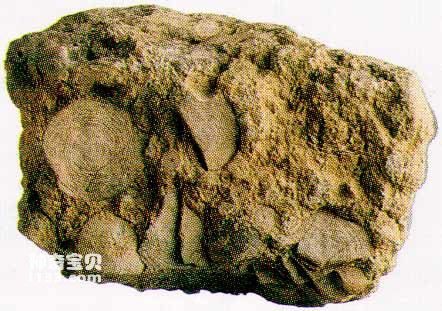Foraminifera are a type of tiny single-cell protozoa with pseudopods. Most of them have a hard shell made of minerals. There are many openings in the shell and many small holes in the shell wall. The body of a foraminifera is composed of a mass of cytoplasm, which is divided into two layers. The outer layer is thin and transparent, called ectoplasm; the inner layer is darker, called endoplasm. The ectoplasm surrounds the shell and extends out many root-like or filamentous pseudopods, whose main functions are movement, feeding, digestion of food, removal of waste and secretion of the shell. The endoplasm is enclosed in a shell, has one or several nuclei, and also contains food vacuoles.

Foraminifera
The vast majority of modern foraminifera are marine, with only a few living in brackish water environments such as lagoons and estuaries, and a very small number of euryhaline species that can live in salt water exceeding normal salinity. Very few can live in fresh water, such as individual species in the superfamily Bottleworm. Most foraminifera live benthic, while a few are plankton. Benthic foraminifera usually move slowly on the seafloor, with only a few growing stationary.
Foraminifera have experienced a long period from the Cambrian to modern times, during which they have continued to evolve and develop. The general trend is to become more and more prosperous, but they also show certain characteristics in different geological historical periods, making the entire development process form several climaxes. , respectively appeared in the Carboniferous to the Permian of the Paleozoic, the Cretaceous of the Mesozoic, and the Eocene and Miocene of the Cenozoic. Modern times are also a prosperous period for foraminifera.
Because some groups of foraminifera evolve rapidly and survive for a short time in geological history, they often become important standard fossils of relevant eras. Especially because of their small size and large number, and because their fossils are relatively easy to collect in large quantities in drilling cores and seafloor sampling, foraminifera are used to compare and divide underground marine strata and conduct marine geology in areas containing oil. Research and other fields can play a huge role.
animal tags: Foraminifera
We created this article in conjunction with AI technology, then made sure it was fact-checked and edited by a Animals Top editor.